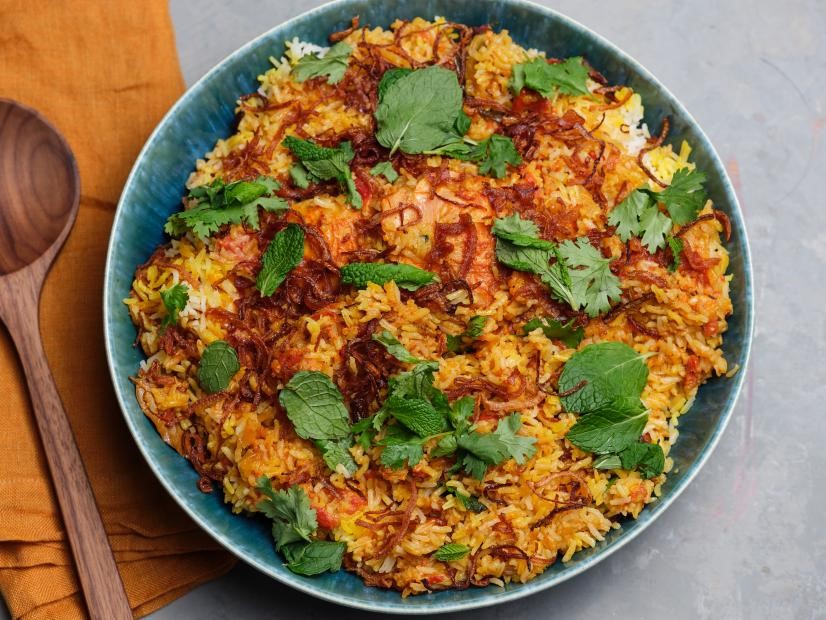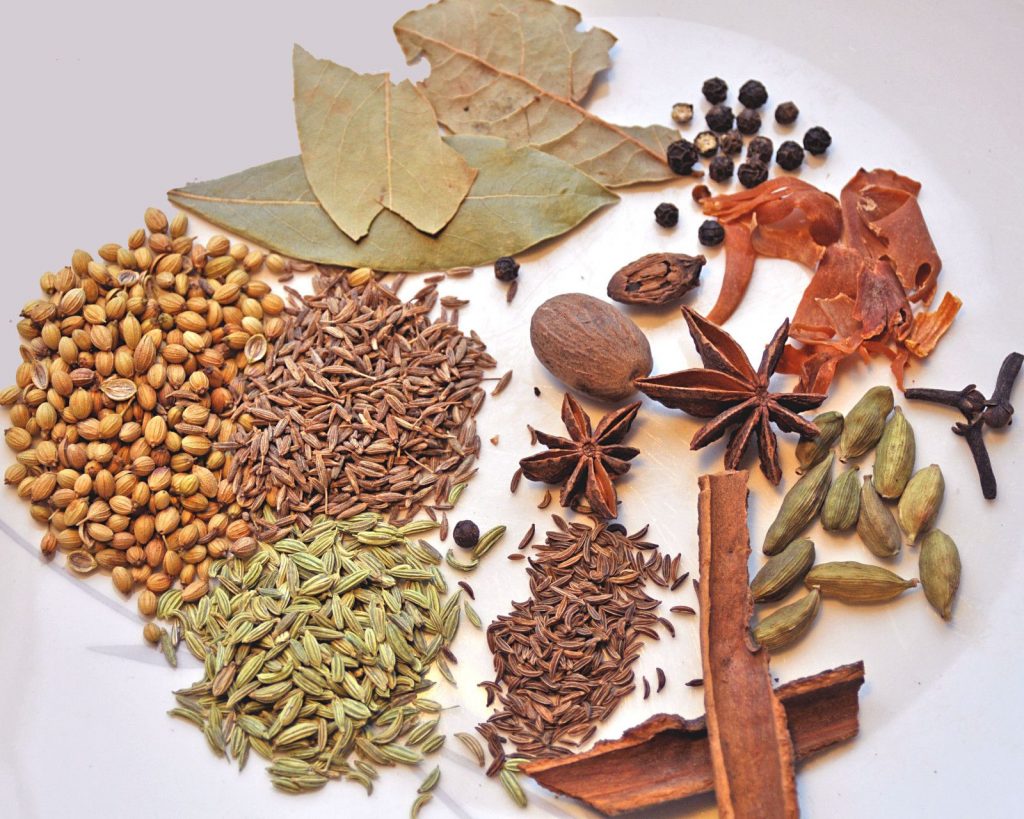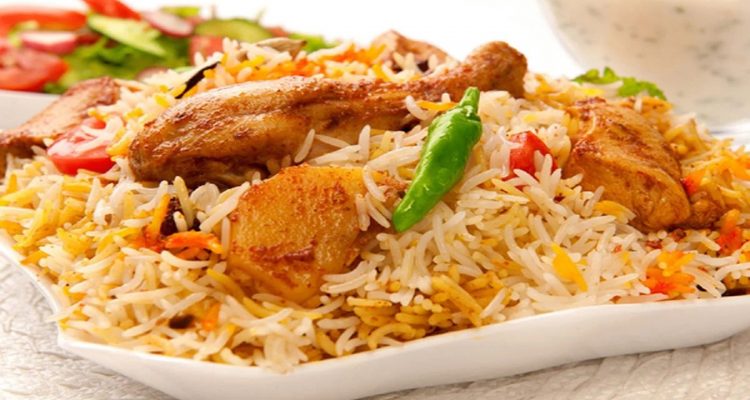Biryani is one of the favourite dishes among Pakistani no matter which part of the country one belongs. You can lure anyone with a Biryani plate and it is offered on all occasions. Political assembly serve it to get voters on their side, wedding ceremony present it to their guest, someone is born you give out biryani someone dies you give people biryani, its Friday or weekend you eat biryani. It is a perfect dish for all occasions. It is a street food but also served in big restaurants. Lahore people think their is the best, Karachi people thing they make it better.

Although how biryani is made has slight variations but there are three main components – spice, rice, and meat – and dates back to the founding of the Persian empire nearly 4,000 years ago. The word “biryani” actually stems from the word “biryan” or “beriyan” which means to fry or to roast. Another theory states that it originated from birinj the Persian word for rice
Palao is a forerunner of the modern-day biryani. This transformed as the Mughals brought about the fusion of Persian and Sub-continent flavours.
According to some historians, the modern biryani came about in the kitchens of the royal Mughal empire (1526-1857 AD), as a fusion of the spicy rice dishes from India and the Persian pilaf. However, even though all of these spices originated in Persia, the burgeoning cross-nation trade routes made it possible for Arabs to acquire it as well through trade. Others will contest that biryani has gone by many names and that there are no distinctions between them; pilaf and others are just the ancient names for biryani.
One of the more famous legends surrounds Mumtaz Mahal, who is the queen of Shah Jahan and inspired the building of the Taj Mahal. According to tradition, Mumtaz visited the army barracks and found the men looking rather lackluster. Moved with compassion for the soldiers, she instructed the cooks to create a dish that combined meat and rice for balanced nutrition, as well as making it delicious. The result? Biryani.
On the other hand, New Delhi-based food historian Salma Hussain, say this classic dish was about 200 years away from its glorious beginnings. “The biryani as we know it today is believed to have made its appearance during the reign of Bahadur Shah Zafar (1775-1862), the last Mughal ruler”
The convenience of biryani made it especially popular amongst soldiers, who could create a “one-pot meal” using rice and whatever meat happened to be locally available. The name biryani came to represent a specific type of one-pot meal, unique to the spices included, and pilaf used a different set-up.

The main difference between biryani and other forms of rice-based meals is in the layering of the three foods. With biryani specifically, the top and bottom layers are rice, with the middle layer being meat. With pulao, there is no such layering. The food is simply put together in one big pot.
The eclectic nature of biryani is what makes it so appealing to so many different regions, and every different locale has their own spin on the traditional dish. Below are some examples:
Mughal Biriyani – The traditional dish of the Mughal Emperors, Mughal Biriyani combined succulent chunks of spiced meat and wrapped inside kewra rice. The Mughals viewed cooking as an art, and this dish certainly reflected their passion.
Hyderabadi Biriyani – After Niza-Ul-Mulk was appointed the new ruler of Hyderabad, one of his first orders of business was to create his own version of biryani. His chefs went to work right away, creating nearly fifty variations that included fish, shrimp, quail and even rabbit. Ironically, this variation is unique for its emphasis on the rice, as the saffron aroma bombards the senses with pleasure.
Calcutta Biryani – Nawab Wajid Ali Shah was banished by the British in 1856, but that didn’t mean he had to go without his favorite dish, but his newly-exiled budget forced him to get creative, as meat was too expensive to obtain. The local cooks huddled together, and tweaked the recipe to include potatoes instead of meat. The modern-day version has changed little, but still boasts a slightly hint of sweetness.
Thalassery Biryani – This is one of India’s most beloved versions, and is known for the inclusion of cashews, raisins, and fennel seeds. The rice is cooked apart from the gravy that is traditionally served, and mixed when the dish is presented. Add in some soft, chewy chicken wings, mild Malabar spices, and a specific type of rice known as kaima, and you’ve got a biryani dish fit for a king.


Leave a Reply